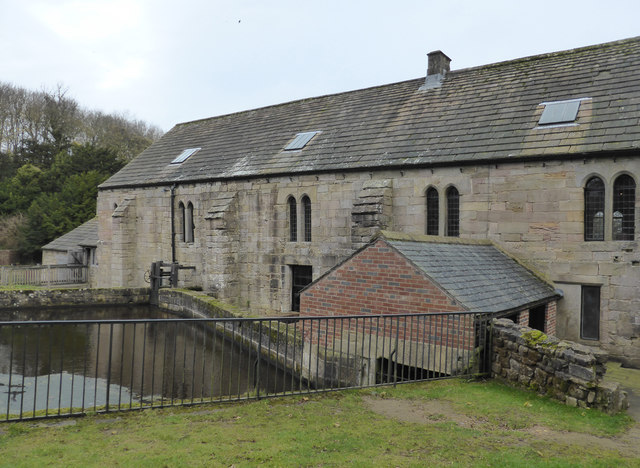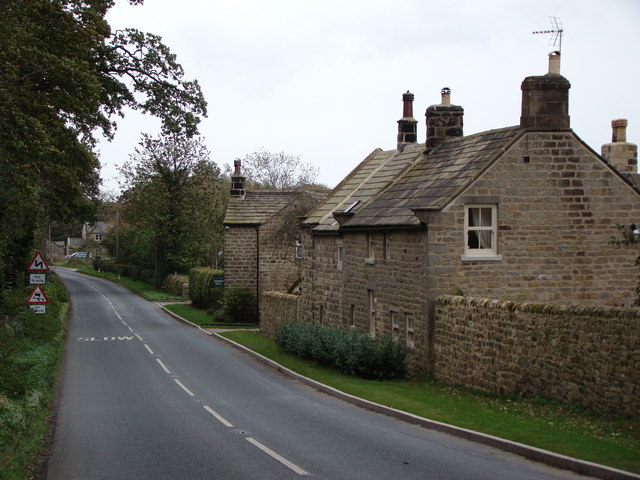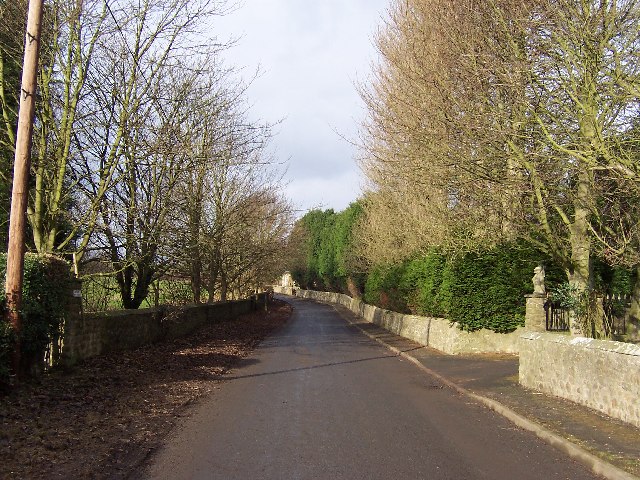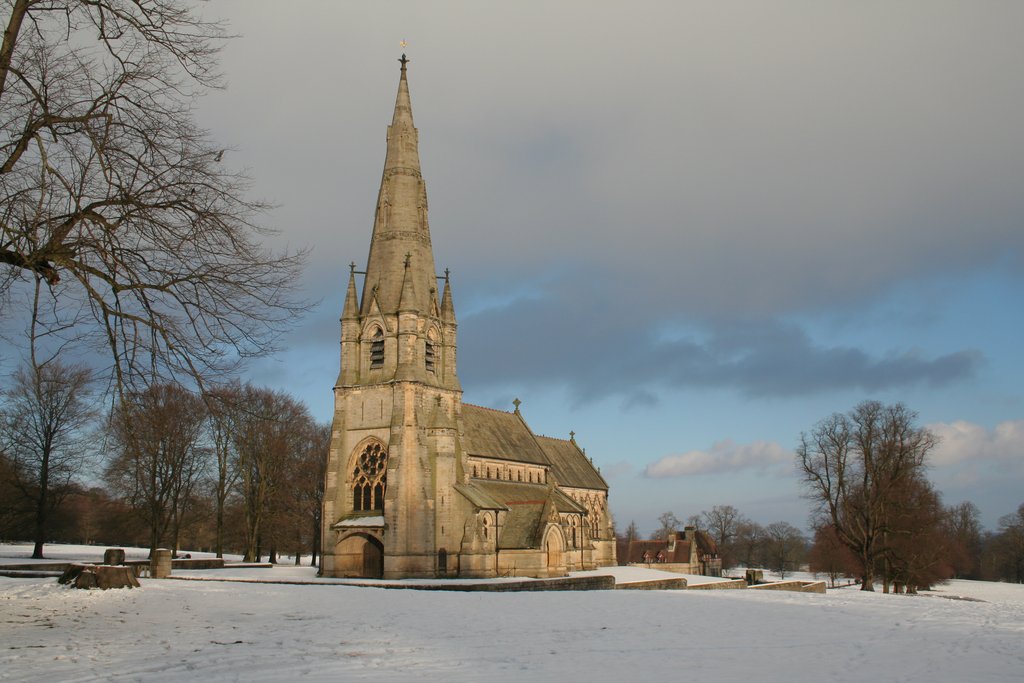Bull Covert
Wood, Forest in Yorkshire Harrogate
England
Bull Covert

Bull Covert, Yorkshire, also known as Wood or Forest, is a picturesque area located in the county of Yorkshire, England. Nestled amidst rolling hills and verdant landscapes, this hidden gem is a haven for nature lovers and outdoor enthusiasts.
Bull Covert is characterized by its dense woodlands, which are predominantly composed of oak and beech trees. These ancient trees create a captivating canopy, providing shade and shelter for a diverse array of flora and fauna. The forest floor is adorned with a carpet of vibrant wildflowers and ferns, offering a visually stunning sight throughout the year.
Tranquility and serenity are key features of Bull Covert, making it an ideal destination for those seeking respite from the hustle and bustle of city life. The area boasts numerous walking trails and footpaths, allowing visitors to explore its natural wonders at their own pace. Wildlife is abundant in the area, with sightings of deer, foxes, and various bird species being common.
For history enthusiasts, Bull Covert offers a glimpse into the past. The forest has been a part of the local heritage for centuries, with evidence of human habitation dating back to ancient times. The remnants of old settlements and historical landmarks can be found scattered throughout the area, adding a sense of intrigue and depth to the overall experience.
In conclusion, Bull Covert, Yorkshire, is a captivating forested area that showcases the beauty and tranquility of the English countryside. With its lush woodlands, diverse wildlife, and rich history, it is a destination that appeals to both nature lovers and history enthusiasts alike.
If you have any feedback on the listing, please let us know in the comments section below.
Bull Covert Images
Images are sourced within 2km of 54.094349/-1.6001665 or Grid Reference SE2666. Thanks to Geograph Open Source API. All images are credited.

![How Hill Tower It seems rather odd that the OS map should show this as a church as it has not served that function for several hundred years. Originally built by the monks of nearby Fountains Abbey as a chapel dedicated to St Michael the Archangel sometime before 1346, it became something of a pilgrimage site during the middle ages with a winding pathway leading up the hill which would allow pilgrims views to the abbey and towards both Ripon and York Minsters, the latter being at least 25 miles away. It survived as a chapel for a while after the dissolution, but there&#039;s a lack of records after 1570 suggesting that it had fallen out of use.
The current tower, minus some later additions, is the work of John Aislabie who acquired the property around 1717 and rebuilt it as an &#039;eyecatcher&#039; soon after in 1719, the idea being that it would form the focal point to the view from the proposed new mansion above the NE end of the lake [SE282695 - but never built], with a line of sight along the length of the new canal through the water gardens. The stone pyramidical roof and four sided cross on the top suggest a Masonic link. The tower has undergone some further restoration in recent years and is worth visiting for the extensive view in all directions.](https://s2.geograph.org.uk/geophotos/05/17/92/5179262_ddcaef05.jpg)
Bull Covert is located at Grid Ref: SE2666 (Lat: 54.094349, Lng: -1.6001665)
Division: West Riding
Administrative County: North Yorkshire
District: Harrogate
Police Authority: North Yorkshire
What 3 Words
///adjust.elephant.composes. Near Ripon, North Yorkshire
Nearby Locations
Related Wikis
Sawley, North Yorkshire
Sawley is a village and civil parish in the Harrogate district of North Yorkshire, England. It is about 4 miles (6.4 km) west of Ripon. From this position...
Fountains Hall
Fountains Hall is a country house near Ripon in North Yorkshire, England, located within the World Heritage Site at Studley Royal Park which include the...
Fountains Abbey
Fountains Abbey is one of the largest and best preserved ruined Cistercian monasteries in England. It is located approximately 3 miles (5 km) south-west...
Risplith
Risplith is a village in the civil parish of Sawley, in the Harrogate district of North Yorkshire, England. It is about 4 miles (6.4 km) west of Ripon...
Aldfield
Aldfield is a village and civil parish in the former Harrogate district of North Yorkshire, England, about three miles west of Ripon. It is the closest...
St Mary's, Studley Royal
The Church of St Mary, Studley Royal, is a Victorian Gothic Revival church built in the Early English style by William Burges. It is located in the grounds...
Ripon and Pateley Bridge Rural District
Ripon and Pateley Bridge was a rural district in the West Riding of Yorkshire, England from 1937 to 1974. It was created in 1937 by a County Review Order...
Markington
Markington is a village in the Harrogate district, in the English county of North Yorkshire. The population of the civil parish (including Markenfield...
Nearby Amenities
Located within 500m of 54.094349,-1.6001665Have you been to Bull Covert?
Leave your review of Bull Covert below (or comments, questions and feedback).





















